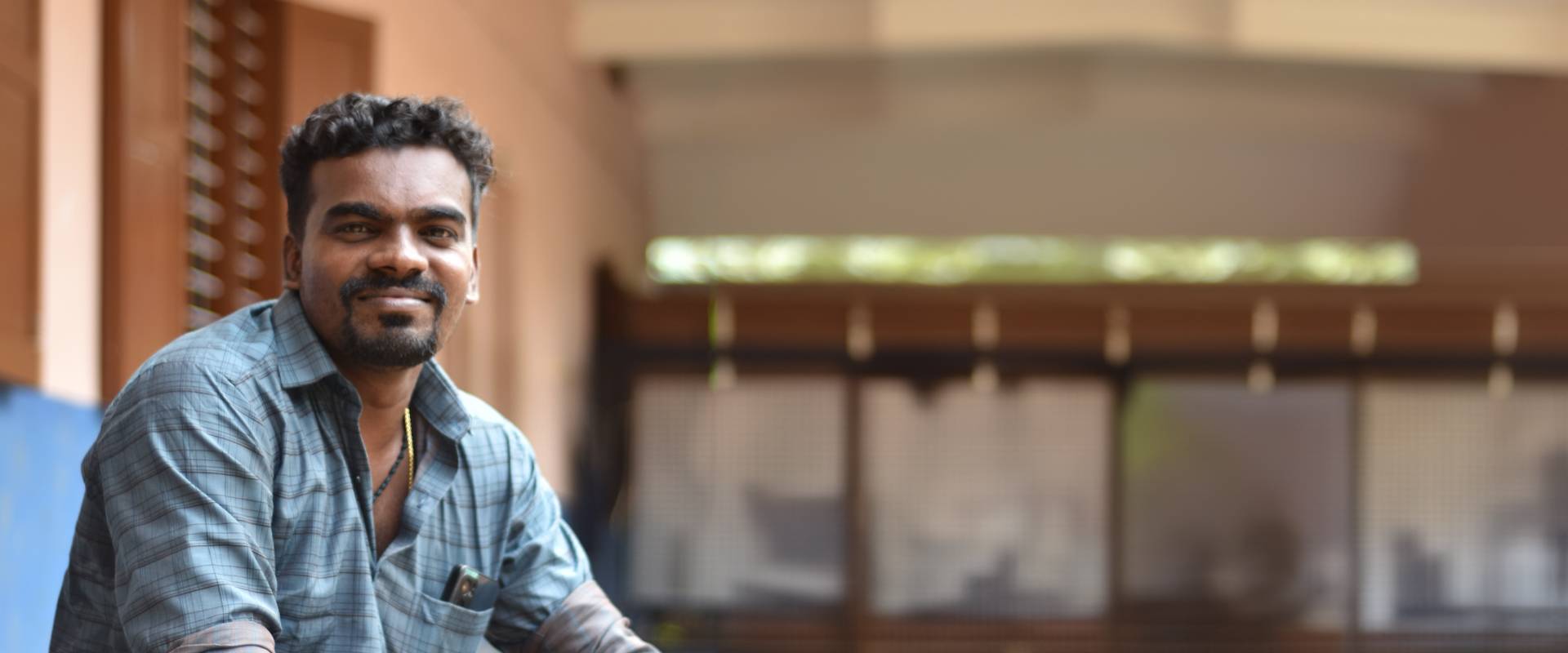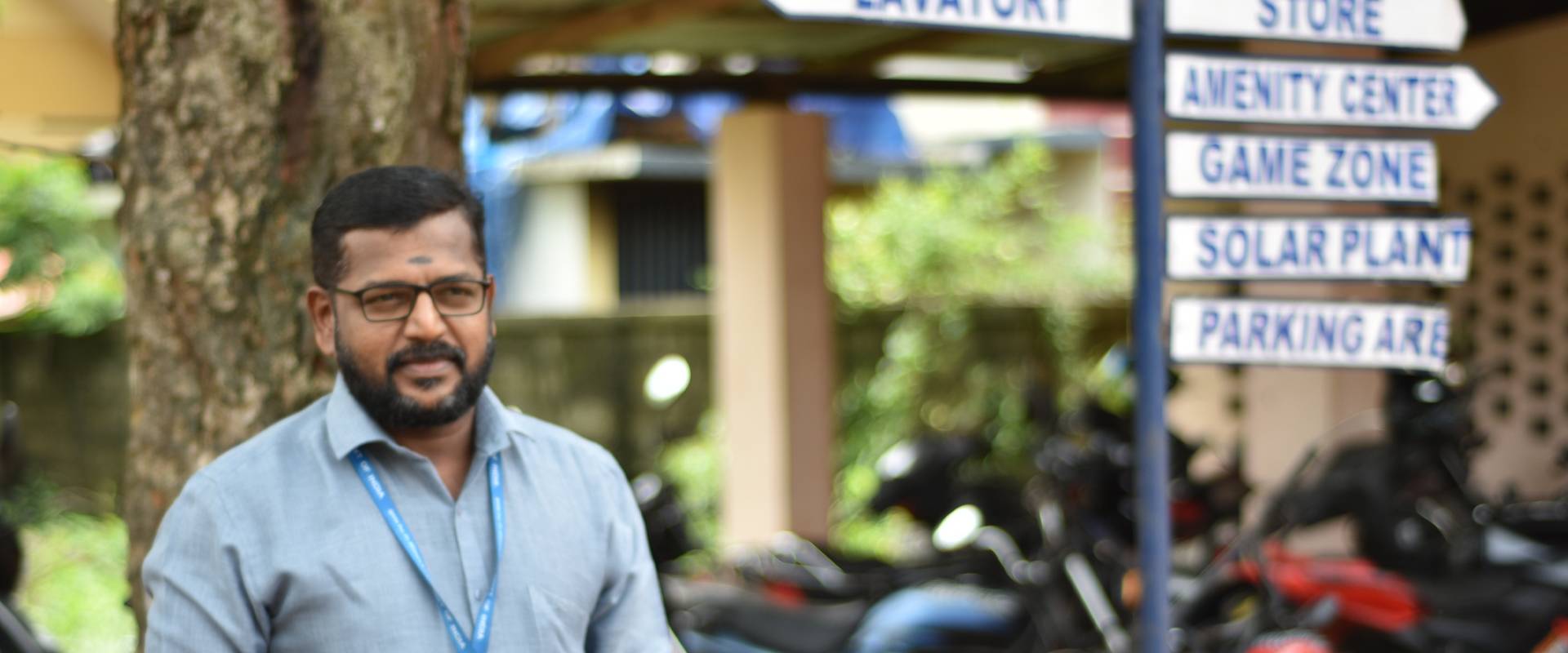About Us










Mechanical Motor Vechicle
(Instructor)
(Instructor)
Mechanical Motor Vehicle
Mechanic Diesel
(Instructor)
Mechanic Diesel
(Instructor)
Arithmetic Cum Drawing
(Instructor)
Arithmetic Cum Drawing
(Instructor)
Electrician
(Instructor)
Electrician
(Instructor)
Electrician
(Instructor)
Electrician
(Instructor)
Electrician
(Instructor)
Electrician
(Instructor)
Mechanical Motor Vechicle
(Instructor)
Mechanical Motor Vechicle
(Instructor)
Draughtsman Civil
(Instructor)
Draughtsman Civil
(Instructor)
Draughtsman Civil
(Instructor)
Draughtsman Civil
(Instructor)
In 1973, during a meeting of the St. Vincent de Paul Society, discussions were actively held on providing self-employment opportunities to unemployed youth. When the Vice President’s daughter was denied admission in the desired trade at the nearby ITC, a complaint was made to the Directorate. Following the legal advice received there, it was proposed to establish a private ITC within our parish. This idea was communicated to the parish vicar, Fr. M. Joseph, who took the matter very seriously. Since government approval could only be obtained through a charitable organization, an application was submitted through the St. Vincent de Paul Society, a charitable organization, and permission was legally obtained in 1979. The efforts of the society’s office bearers, Mr. A. Paulose, Mr. D. Isaac, Mr. Antony, Mr. K. Francis, and Mr. D. Agustine, along with Fr. M. Joseph, were invaluable in obtaining this approval. Additionally, the support of the I.C.M. and the convent superiors, Sister Celine Perera, Sister C. Mary Mertil, Sister C. Elia, and Sister C. Elizabeth, was significant.
Due to the lack of space to start the Draftsman Civil Trade, the nursery school building was prepared, and a temporary shed was built for the nursery school, which was then moved. Thus, in August 1979, the first batch commenced. In the following years, Electrician and Fitter trades were also sanctioned. To accommodate the Draftsman Civil Trade, a 100-foot long building with tiled roofing was constructed within the church compound, and the Draftsman Civil Trade was relocated there. The space previously used for the Civil Trade was then used to start the Fitter Trade. Furthermore, a one-acre plot was purchased on Convent Roadside, where a 100-foot long building was constructed by the then Board Secretary, N. Ponnimuthan and the current board members, and the Electrician Trade was started there. A loan was taken from NABARD for agricultural purposes and a well was dug for drinking water, a water tank was constructed, and a 3-phase supply was arranged. Additionally, a terrace building, which is seen today, was constructed for office rooms and theory classes. In the early days, supervision and assistance with office matters were also provided.

Later, Sister C. Elizabeth and Sister Leena assisted in the efforts. In 1989, when Rev. Fr. Mathew Ponnummoottil was appointed as the vicar, the ITI faced space constraints to conduct the MMV (Mechanic Motor Vehicle) and Diesel Mechanism trades. Consequently, a two-story building was constructed, with the Draftsman Civil trade on the upper floor and the MMV and Diesel Mechanism trades on the ground floor. This development elevated the ITI to a reputable institution. When Fr. Augustine Varkeyekkal was appointed as vicar in 1998, a trust was formed to manage the ITI. The trust members included the parish vicar Fr. Augustine Varkeyekkal, Sister Leena representing the convent, former board members Mr. Isaac, Mr. J. Aranjy, Mr. K. Francis, Mr. D. Agustine, and Mr. N. Ponnimuthan, along with parish council secretary Mr. Nesan and financial committee convener Mr. Rajamani. They also constructed a shed for car parking and registered the trust. During the tenure of Fr. Vincent Thottupuram as the vicar, the second phase of construction was completed, which included storage space and a rest room for female students and teachers. When Fr. Benedict Kannadan was appointed in 2008, modern machinery and tools were purchased in line with updated syllabus, preparing the ITI for a government inspection. As a result, all existing trades received accreditation.
A new building for a computer lab was initiated adjacent to the shopping complex, but Fr. Benedict’s sudden illness delayed the construction. His successor, Rev. Fr. Vincent Thottupuram, completed the building, installed solar panels, and converted the old engineering workshop into a rest room for female students and a storage space. Additionally, a new generator was installed, and compound gates were put up to ensure security. Under the supervision of clergy and nuns, the ITI maintained high standards and discipline, leading to consistently high pass rates.
By June 30, 2018, a total of 14,354 students had studied at the ITI. Graduates found employment in government and private sectors, semi-government organizations, abroad, and through self-employment. The teachers trained at the ITI also secured government jobs, contributing to the region’s development and bringing pride to the institution. With divine blessings and the grace of the Virgin Mary, the institution continues to provide education and job opportunities to many.

Everyday at the BPPM ITI is like a blessing with the active students and talented staff members around
-Bishop Peter Pereira

MEET OUR TRUSTEE MEMBERS
Our vision is to supply quality based skilled work force which are demanding industries from India and abroad.
VISION
To empower individuals through high-quality vocational education and training, fostering personal and professional development, and contributing to the socio-economic growth of our community..
MISION


